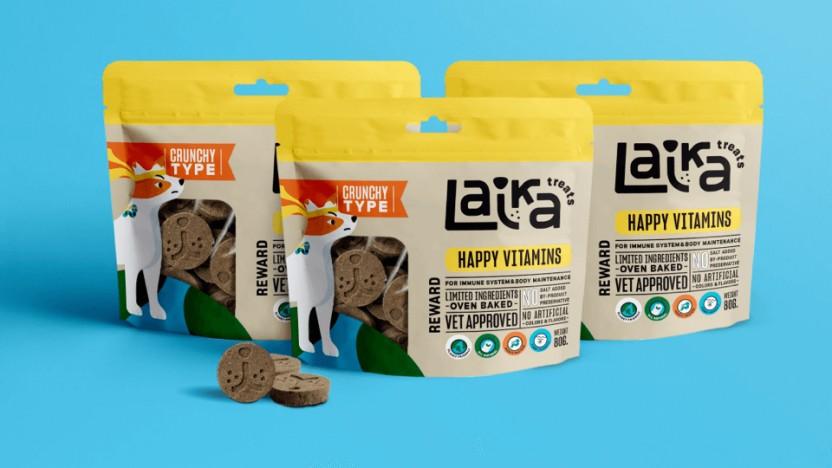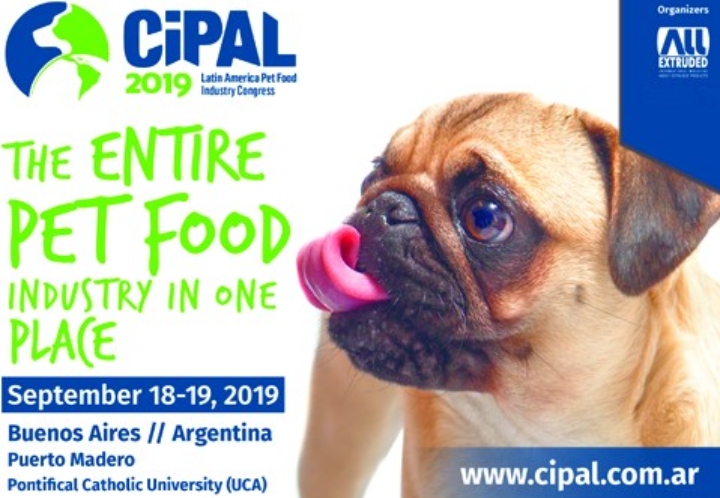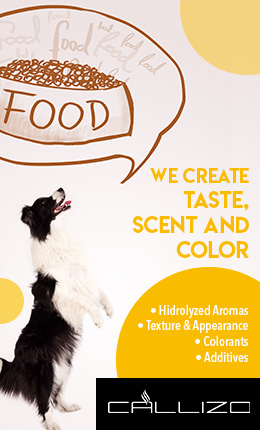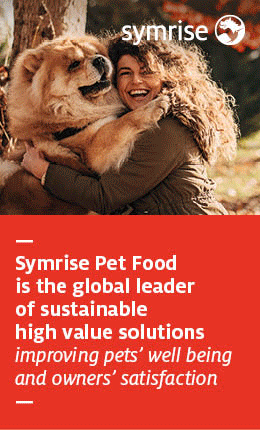26/02/2019
What Aspects of Pet Food Labels Turn Pet Owners Off?
A majority of pet owners would like pet food labels to have more information, according to a new survey from Luminer, a Red Lion, Pa.-based company that designs and produces on-pack/in-pack promotional products.
The survey found that 92 percent of pet owners said they read the ingredients when buying new pet food, with more than half of those doing so 'always' or 'often.' Eight percent said they never read the ingredients list.
Luminer officials cited a lack of information on the packaging as the reason why a small percentage of pet owners are not reading the labels. In fact, 84 percent of pet owners said they would be more likely to read the labels if more information regarding nutrition and ingredients were provided.
This information significantly impacts pet owners' purchasing decisions, according to the survey. Nearly have of the respondents (42 percent) said that packaging and nutritional information plays a role in their decision to purchase a pet food, while a quarter (25 percent) said online research and reviews influence their decision. Word-of-mouth/referrals (18 percent), TV commercials or online ads (7 percent) and other factors (9 percent) were also listed as influences.
Terms like 'natural,' 'organic,' 'holistic,' 'human grade,' and 'gourmet/premium' also impact pet owners' purchasing habits. Nearly half (45 percent) of pet owners said they were more inclined to purchase pet food labeled as 'natural,' while less than a quarter (23 percent) said they were more inclined to purchase pet food labeled as 'organic.' Overall, 82 percent of pet owners said the use of any of these terms influenced their decision to purchase that product.
A majority of pet owners do respond positively to the terms 'premium' or 'gourmet,' but at 60 percent, it is not an overwhelming majority, according to the survey. This indicates that pet food shoppers might see these terms as a bit too vague or empty to have any real meaning to them, or perhaps they feel the product may be more expensive than they can (or want to) pay, said Luminer officials.
When it comes to characteristics of a pet food's packaging that make pet owners less likely to buy it, nearly half (41 percent) said a label that does not provide enough information make them less likely to buy. A quarter (25 percent) said a label that has text too small to read would deter them, 15 percent cited a label that does not specify age or breed would make them less likely to buy and 18 percent cited other reasons.
The data reiterates the industry trend of consumers wanting more detailed and clear information on their pet food products. Pet food brands can help pet owners better understand labels by supplying enough information about their product to their consumers, in a clean, clear and easy-to-find way, according to Luminer officials.
For pet specialty retailers, educating staff and, ultimately, customers combats misinformation about pet health. 'Only educated employees can really explain food strategy to a customer,' Michael Levy, president and founder of Pet Food Express, a multistore chain in California, told Pet Product News in January 2019. 'Without a strong education policy in place for store employees, this can lead to misinformation and cause more problems for the pets.
'Talk to your customers and ask questions,' Levy said. 'Remember that training and customer interactions are best for your customers and the best way for you to beat [online sellers] and the national chains.'
By Pet Products
All Extruded



















































































